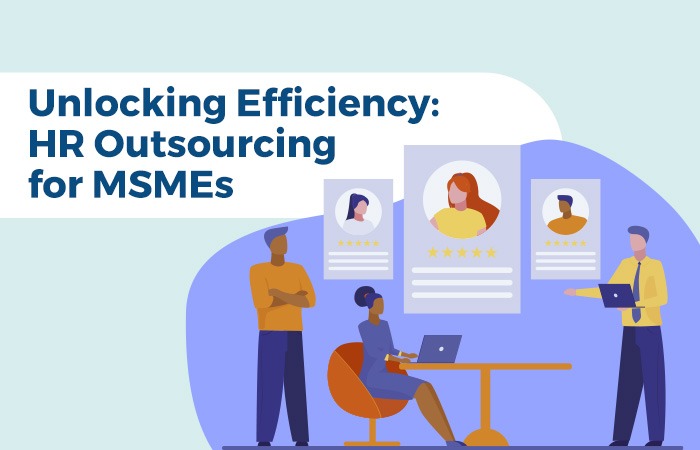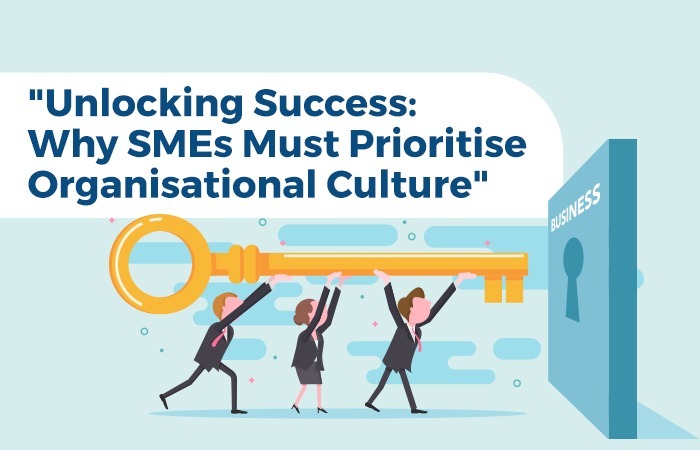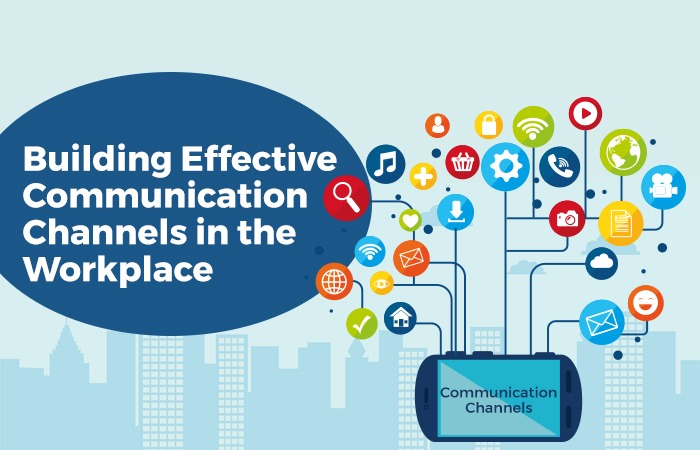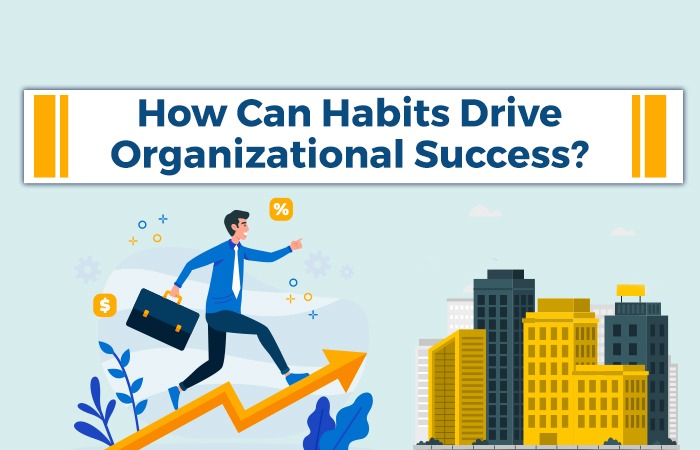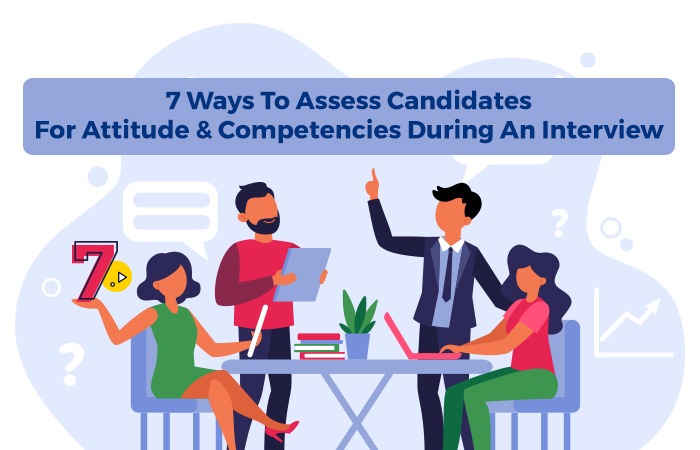Onboarding a new entrant is an enormous task. Every level of the process requires careful attention to each and every detail before preparing the job posting, strategizing the interview scheduling, extending an offer, and negotiating the terms and conditions.
Once you have done your analysis and secured the right person for your team, you will want to ensure a successful transition within the group. So, how can your job entertain and address your new hire’s professional and emotional needs during those vital first days on the job?
The introduction of new entrants is essential. Organizations should think strategically about the professional and social connections their new entrants must make to integrate successfully into their professional culture. Consider your associates’ personalities and places as you prepare your new hire’s introductory meeting schedule.
Some people are more accessible to talk and carry discussions with, than others. Take your experience when you were new. Who was helpful and encouraged questions? Who are less open or available?
In the first couple of days, set up meetings with more approachable people who you think will go beyond expectations to help and welcome your new staff member.
1) Produce a Cheat distance
Creating simple documents for your new hires to bring to each meeting gives them a helpful tool for flashing the names and titles of new associates. The forms can be simple and include fields like
● Coworker’s name
● Person to whom they report
● How I’ll work with this person
● Types of questions I can ask this person
● Number of years in this position/with the organization
● Other Information (name a family member, pet, or hobby that always gets a smile)
As new staff gets to know the other staffs in the Organisation, they will start feeling comfortable and independent. They learn where to direct questions, it will both reduce the pressure on you and enable them to acclimate more quickly to the culture.
2) Map out a Training Plan
A new entrant will appreciate having a training plan in place even for new hires making a lateral move, particularly from a different institution. New employees always need direction and support. Organisations should put efforts into new hires in their early days, which will help them demonstrate the leadership style they can expect in their new environment. You want to direct this experience so that new members of your staff feel welcomed and supported every step of the way.
It’s better to be overly thorough in your on boarding efforts than to not be thorough enough. If the material is familiar, your new hires will breeze through it and that part of the training may even be abridged, thereby building your new hires’ confidence. After all, no one entering a new professional environment wants to be either mired down in training that’s too basic or set adrift without support or guidance.
Think through the most frequent responsibilities associated with the position and provide an outline, so the new staffer understands expectations. Prepare an orientation document with samples of the most relevant reports and essential data, noting where documents and information are normally located. Make sure, too, that you provide all the process documentation that a predecessor may have prepared — revised with notes and insights from you or the direct supervisor. Make sure that they have the tools and information to navigate through the systems and processes that are critical to performing their roles.
3) Connect your New Hire with the Community
Organisations should make sure that the new entrants must have a chance to interact with the greater community/Employee Resource Groups ( aka ERGs) instead of interacting with one team or department. Managers should always support new hires by helping them understand the culture and core values of the organization. To that end, give your new hire a thorough tour and show off the gymnasium building, the sports center and other areas where community events or programs take place.
Teach your new hire the mission of the organisation by showing off what your organization offers the community. This opportunity of life, of giving back to society, attracts many potential new hires, so make sure to share that vibe with the new person on campus at an early stage of onboarding, as early as possible.
Successfully onboarding a new hire demands a carefully stage-managed, not an afterthought, plan. Hiring new talent and letting them fend for themselves without any support and guidance is the quickest way to ensure that your retention numbers plummet.


